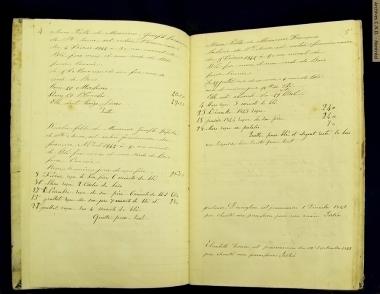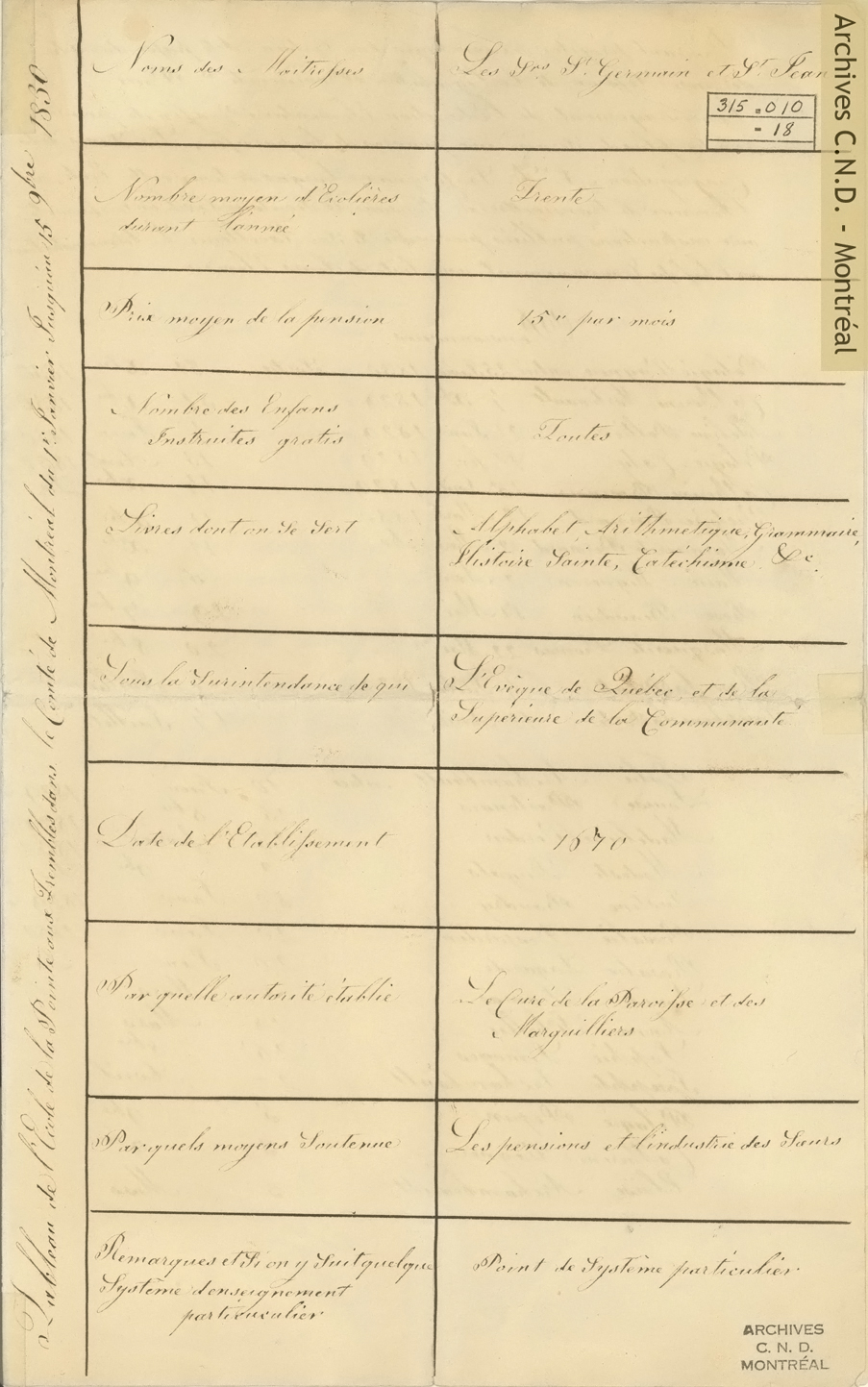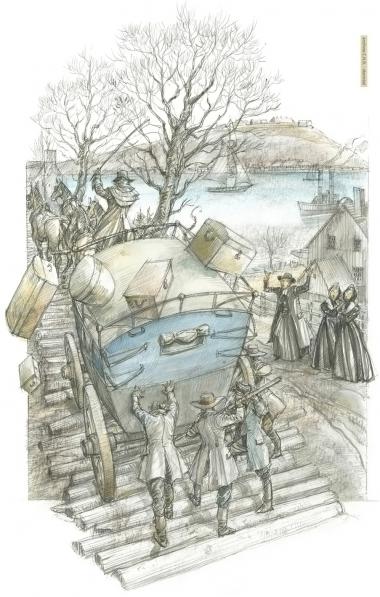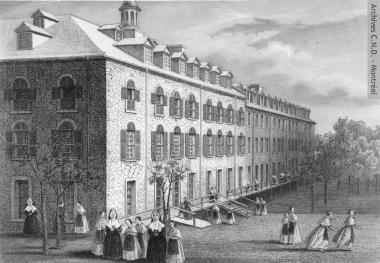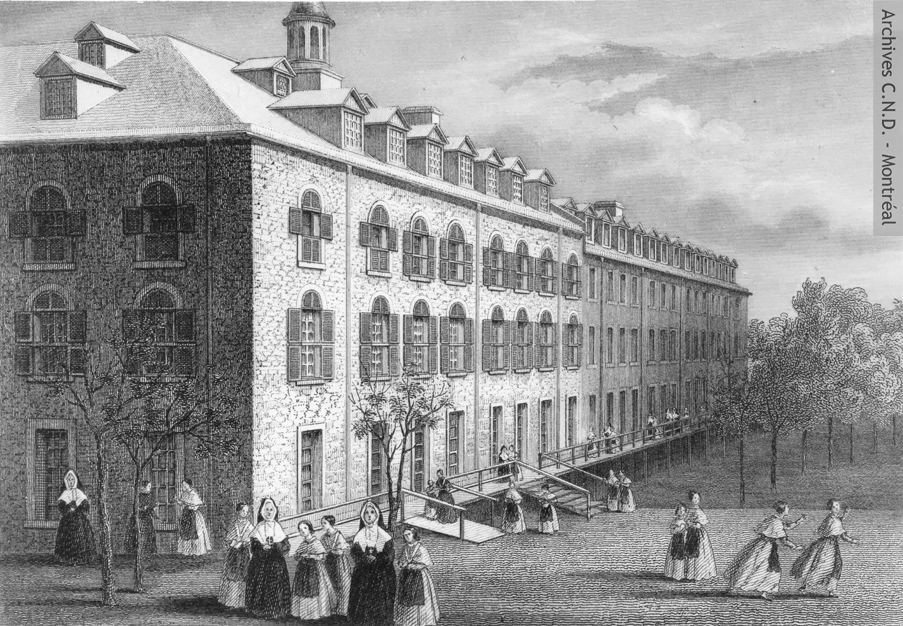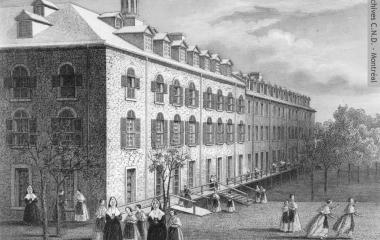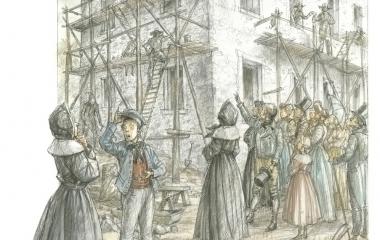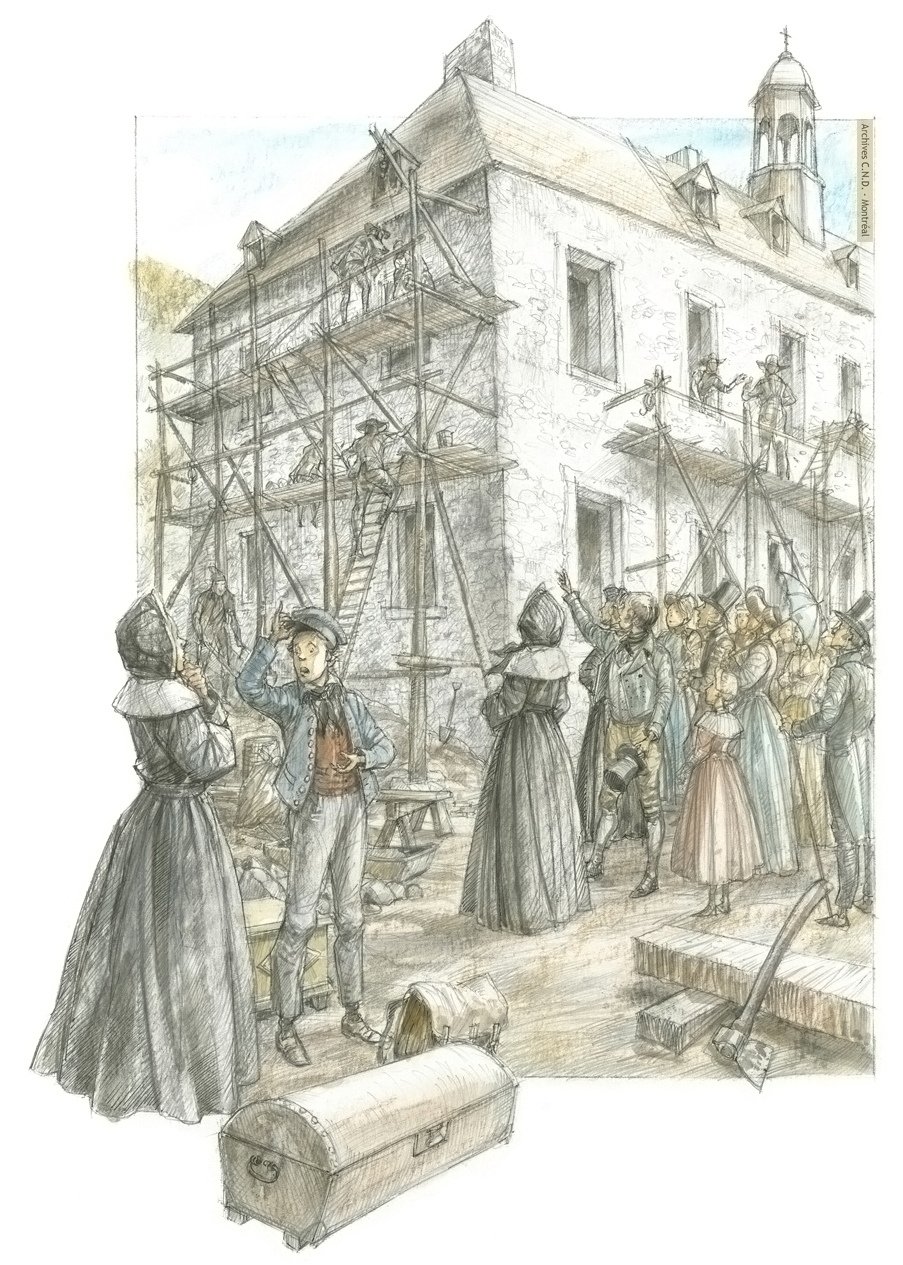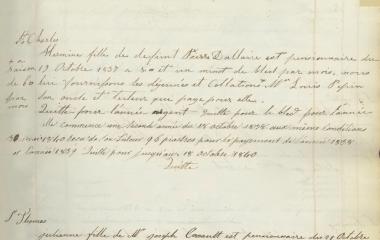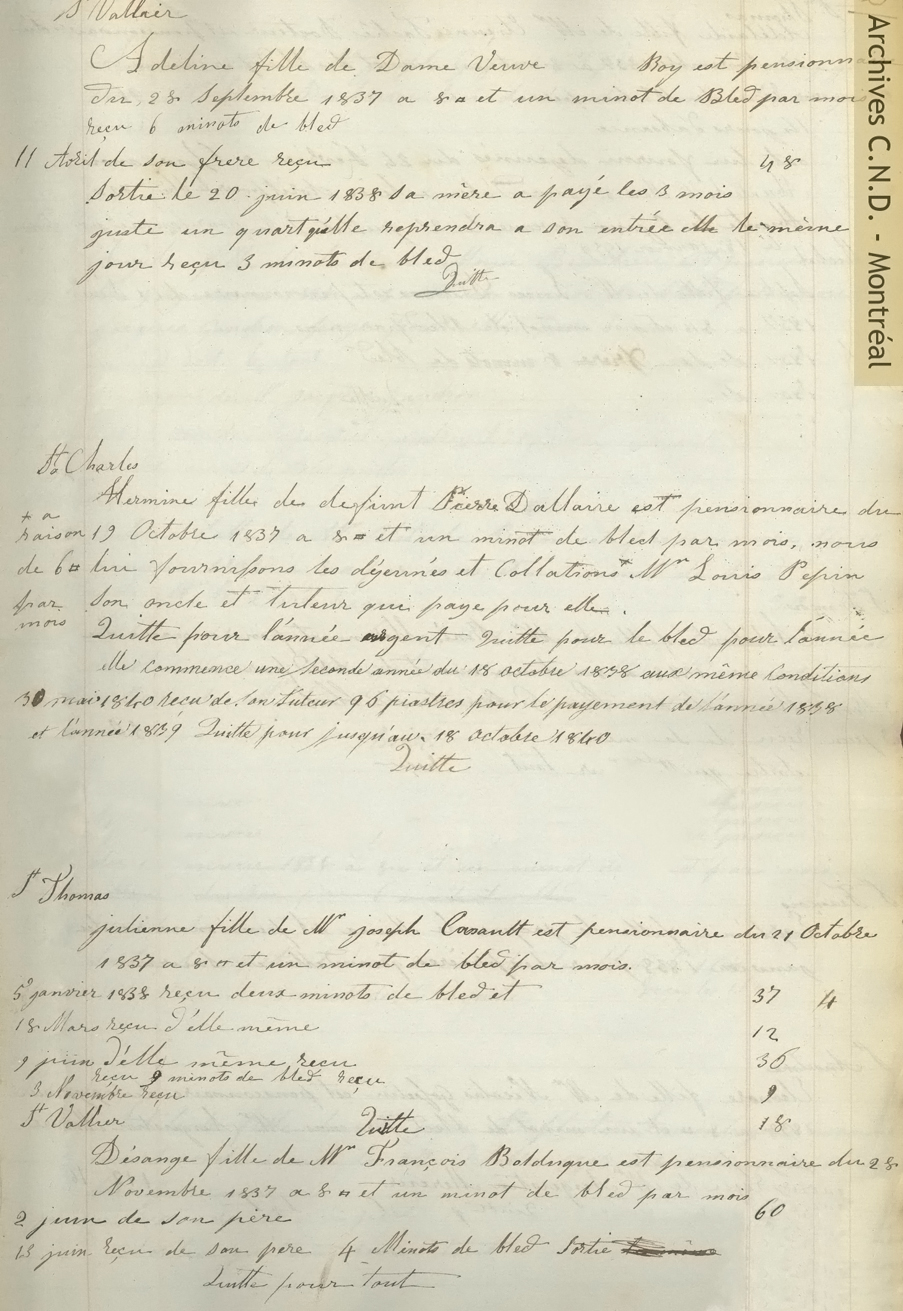The early years of the new century were marked by political unrest in Canada. Continued tension between Britain and the United States resulted in war in 1812. Relations between the old and new inhabitants of what had been New France remained uneasy. The struggle for responsible government led to armed rebellion in both Lower and Upper Canada in 1837-38 and to movements toward independence or toward annexation to the United States. The passing of the Act of Union in 1840 did not remedy these problems as evidenced in the burning of the parliament buildings in Montreal by an English mob after the signing of the Rebellion Losses Bill in 1849.
A change that would have more lasting significance, however, was the beginning of a vast increase in the population of Canada due in large part to immigration mostly from Ireland and Scotland. For many of these newcomers, emigration was a desperate attempt to escape from conditions of grinding poverty in their homelands. Between the end of the 18th century and the early 1860s the population of British North America went from a quarter million to more than three and a half million. In what is now the Province of Quebec the area most affected was Montreal whose population went from 9,000 in 1800 to 58,000 in 1852. Its geographical position made Montreal the communication and transportation centre of Canada. Its port grew in this age of the steamship and the new railways began to be built. The growing population found work in the lumbering and construction industries and in the new industries arising to support their needs.
The deprivations that had marked their lives in their homelands and the often horrendous conditions they faced on the voyage to Canada sometimes meant that these newcomers inadvertently carried with them diseases that then spread to the local population, like the cholera epidemic of 1832 and the typhus epidemic in 1847.
